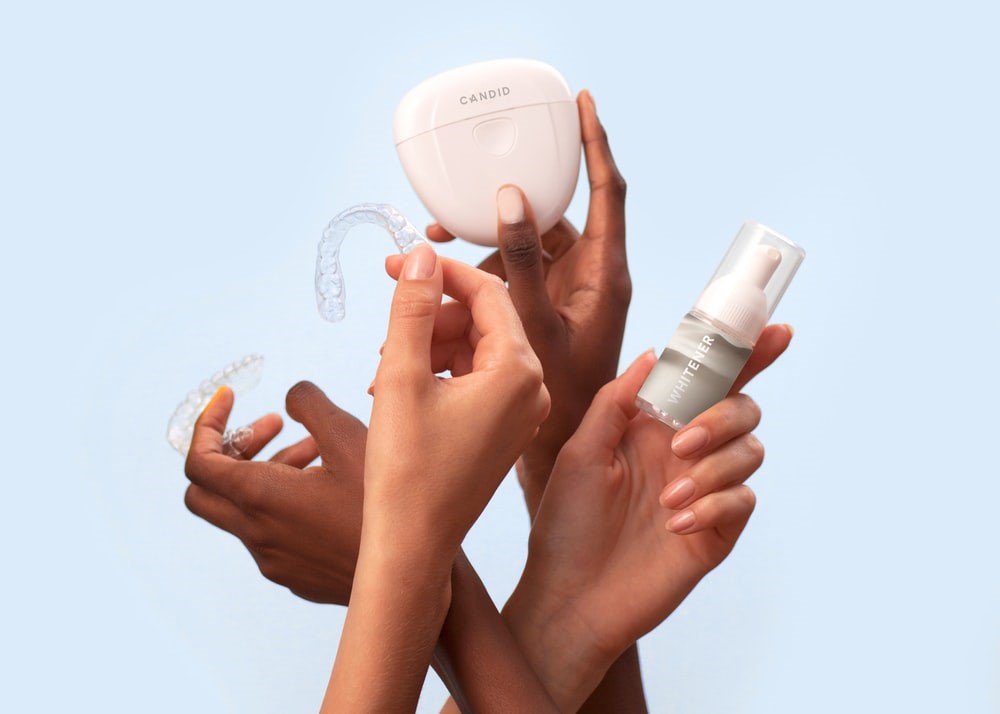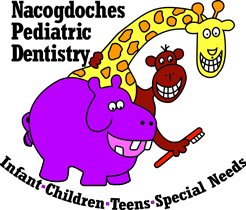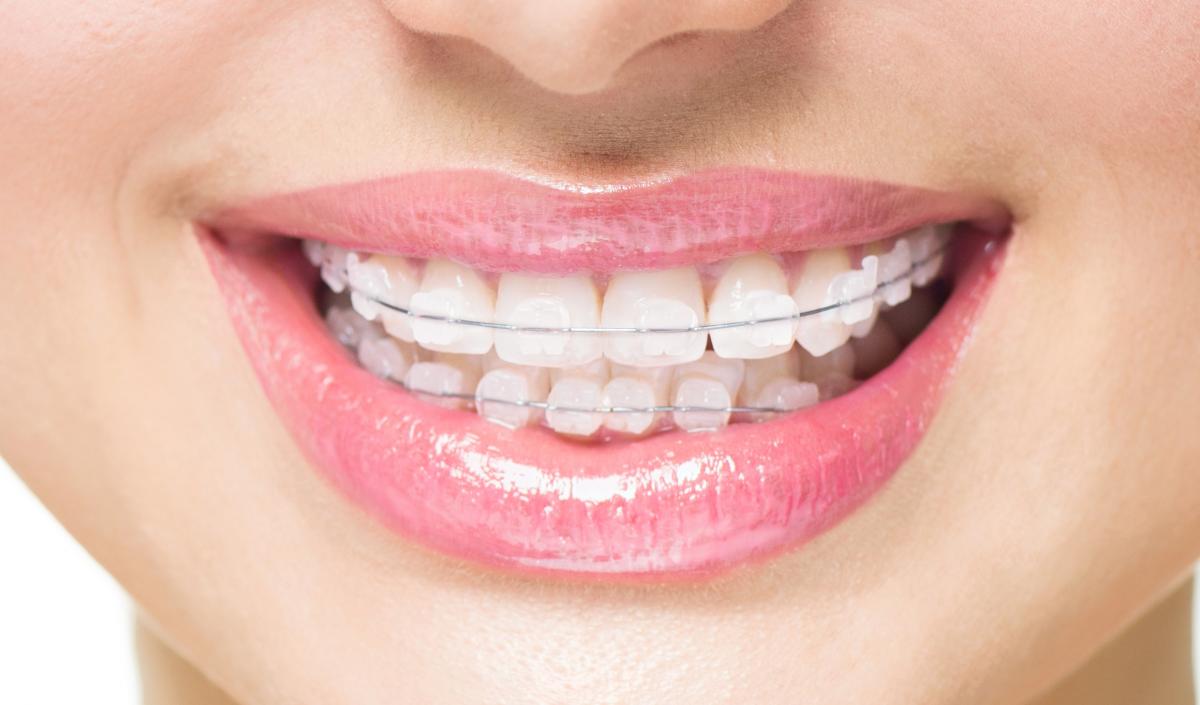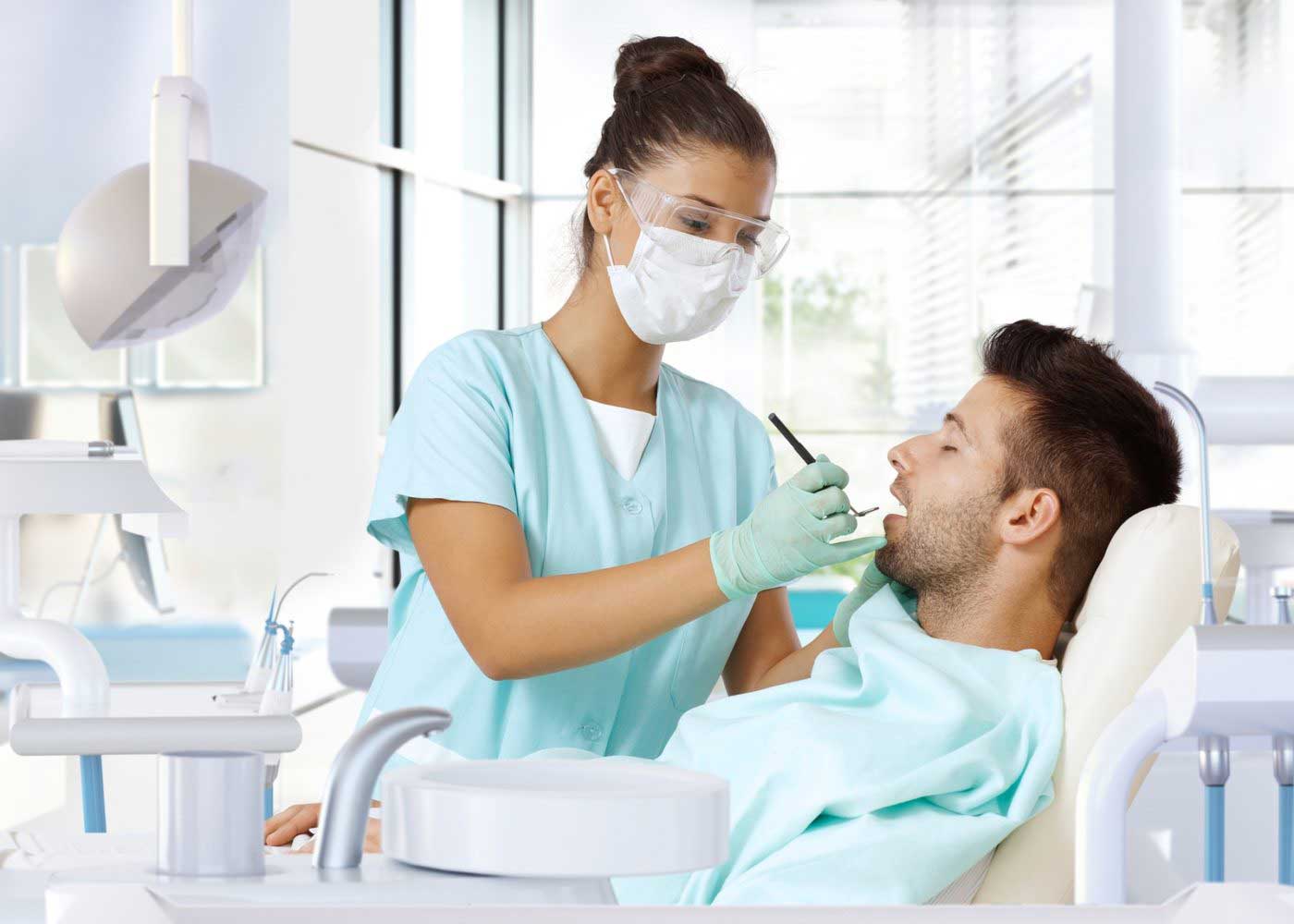Are you looking for that perfect bright smile but not ready to look like an adult wearing brace? Well, let’s spill the beans on this one. Most of us have a crooked smile since childhood. And it hits us hard only when we start to turn adults.

It is the time when you start to think about achieving a perfect smile. When we look back, we find that braces were an effective tool in straightening a crooked smile and correcting over and underbites. But most adults aren’t happy about looking like a school kid all over again.
Fortunately, for such adults, there are several other ways other than the braces trick to have a straightened, bright and uncrooked smile. The orthodontic experts form all over the world have steered from the old traditional braces method to the use of retainers, veneers, and other appliances. If it still isn’t clear to you how you can have a straight smile without braces, let’s show you some other tools in the market and which one is right for you.

How to Straighten Teeth Without Braces: The Options
Many adults struggle with maintaining a pleasing yet professional look, and traditional braces might not be the best option for them to treat their malocclusion – commonly known as improper bites. It is important to note that while there are many options available for the straightening of your teeth, you must consider an orthodontist because only he can help you find the right treatment option for you that’s not just safe but also effective.
Fixed Retainers:
You can fix your overcrowded teeth or slightly crooked teeth with fixed retainers. Retainers such as bonded lingual retainers are known for aligning misaligned teeth with an inner surface attached to its surface with dental cement. These retainers help prevent the teeth from shifting and correct an individuals’ bite and smile. The only thing to keep in mind is that these retainers can not be removed without professional help. They are customizable, removable and made up of acrylic and metal wires. When you wear them, they might get noticed in the first look but you can remove them when you want to eat or brush your teeth.
Appliances
Appliances are devices that are most commonly used to straighten the teeth by working on the jaw imperfections most adults have. Appliances have greatly contributed to the treatment of malocclusion. These devices are highly visible when an individual wear them and take time to show it’s results on the smile and teeth.
Palatal Expanders
Another way of having a straightened up smile is the inserting of the palatal expander that will help widen the arch of the jaw. This makes space for the teeth to correct its position hence increasing the width of the mouth and correcting the smile.
Braces have been a part of this industry for years, but now its time to try out some other tools too. However, visiting your dentist, in any case, is the best bet.





